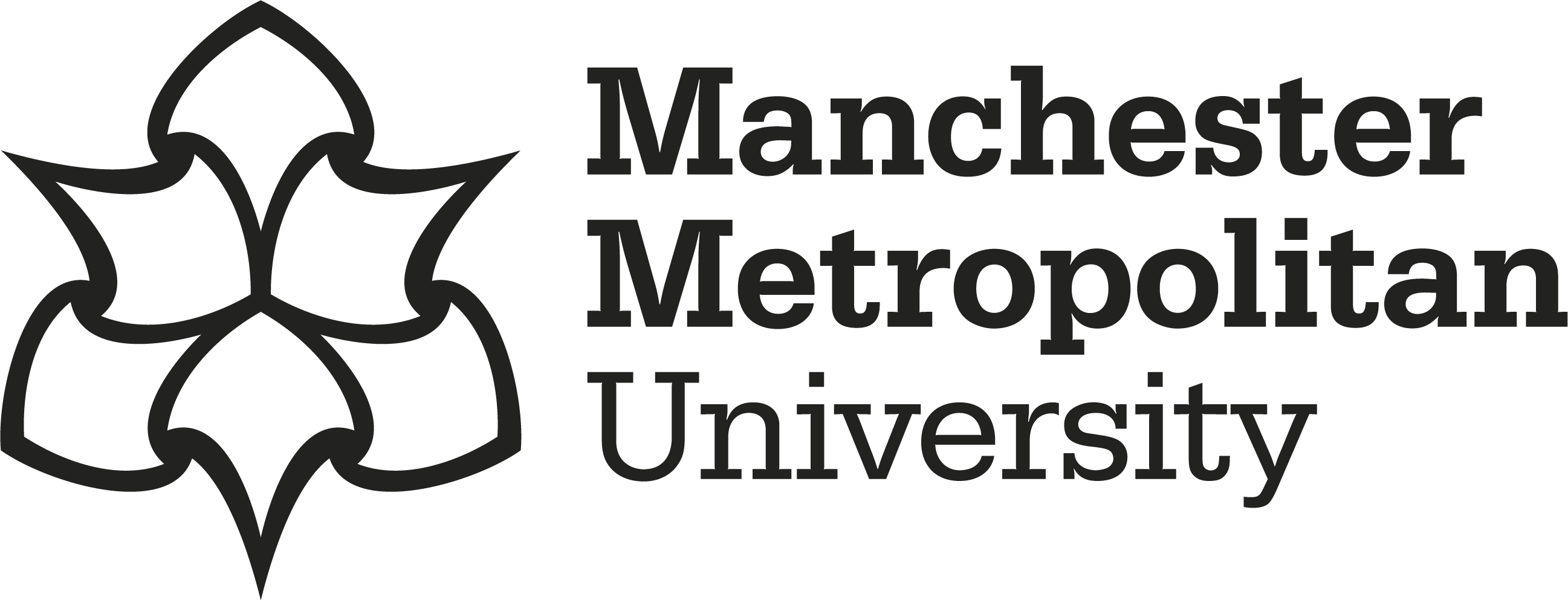Yu, Shimin, Ransley, Edward, Qian, Ling 
|
Published Version
Available under License Creative Commons Attribution Non-commercial No Derivatives. Download (16MB) | Preview |
|
|
Accepted Version
Available under License Creative Commons Attribution. Document DOI: https://doi.org/10.23634/MMU.00638212.02732743 Download (3MB) | Preview |
Abstract
This paper summarises the work conducted within the 1st FOWT (Floating Offshore Wind Turbine) Comparative Study organised by the EPSRC (UK) ‘Extreme loading on FOWTs under complex environmental conditions’ and ‘Collaborative computational project on wave structure interaction (CCP-WSI)’ projects. The hydrodynamic response of a FOWT support structure is simulated with a range of numerical models based on potential theory, Morison equation, Navier-Stokes solvers and hybrid methods coupling different flow solvers. A series of load cases including the static equilibrium tests, free decay tests, operational and extreme focused wave cases are considered for the UMaine VolturnUS-S semi-submersible platform, and the results from 17 contributions are analysed and compared with each other and against the experimental data from a 1:70 scale model test performed in the COAST Laboratory Ocean Basin at the University of Plymouth. It is shown that most numerical models can predict similar results for the heave response, but significant discrepancies exist in the prediction of the surge and pitch responses as well as the mooring line loads. For the extreme focused wave case, while both Navier–Stokes and potential flow base models tend to produce larger errors in terms of the root mean squared error than the operational focused wave case, the Navier-Stokes based models generally perform better. Given the fact that variations in the solutions (sometimes large) also present in the results based the same or similar numerical models, e.g., OpenFOAM, the study highlights uncertainties in setting up a numerical model for complex wave structure interaction simulations such as those involving a FOWT and therefore the importance of proper code validation and verification studies.
Impact and Reach
Statistics
Additional statistics for this dataset are available via IRStats2.


